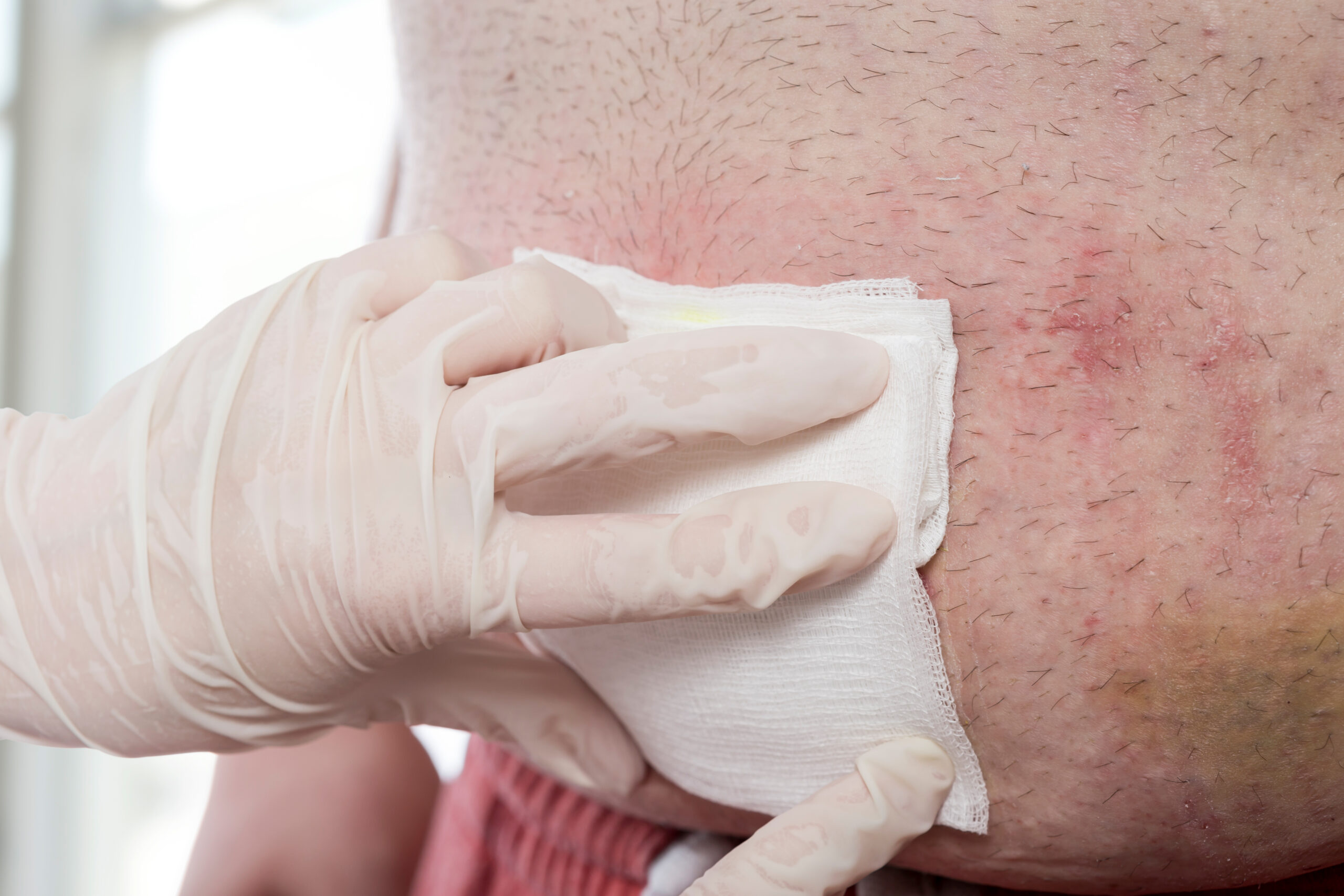Wound Bed Preparation and Debridement with EZDebride
The Wound Situation Recently, I had a very interesting and very sad case of a patient who underwent an I&D for a deep space abscess of his foot, a PICC Line placement for IV antibiotics, and a negative pressure device placed over the surgical site. The patient started with a simple Wagner grade I ulceration […]
Wound Bed Preparation: The Fight Against Biofilm with Sharp Debridement Part V
I trust and hope everyone had a wonderful holiday season this year and I still can not believe that we are just about to enter 2024! Today I wanted to continue discussing the EZDebride Wound Instrument and its advantages. But before I dive into that, I wanted to discuss some observations and discussions I had […]
Wound Bed Preparation: The Fight Against Biofilm with Sharp Debridement Part IV
I would like to do a special blog today that coincides not only with wound care and sharp debridement, but also a trip down memory lane. Last week I had the honor and privilege of attending the Desert Foot Wound Symposium held annually in Phoenix, Arizona. It was an amazing event to say the least […]
Wound Bed Preparation: The Fight Against Biofilm with Sharp Debridement Part III
In our last installment, we discussed Biofilm in Chronic Wounds and Sharp Debridement. Previously, we also discussed how and why Chronic Wounds develop due to the lack of regulatory control of ROS or Reactive Oxygen Species (H2O2, OH, etc). Today, I would like to share my recent experiences and personal observations especially as it relates […]
Wound Bed Preparation: The Fight Against Biofilm with Sharp Debridement

In our last blog, we discussed how and why chronic wounds form. We took a deep dive into Redox Biology and detailed the lack of regulatory control of ROS or Reactive Oxygen Species leading to changes within the ECM or Extracellular Matrix and therefore the formation of Biofilm. An interesting article I recently studied concluded that Biofilm is present in all Chronic Wounds. […]
Wound Bed Preparation: The Fight Against Biofilm

In our last installment, we discussed the problems and issues with Biofilm in the wound care space today. We looked at the molecular physiology and the formation MMPs or metalloproteases as well as the alteration of fibroblasts and peripheral keratinocytes. But in order to really understand why Biofilm colonizes wounds, we must clearly understand the […]
Wound Bed Preparation: Biofilm
In our last blog, we had discussed the five classifications of Debridement including sharp debridement. As noted, sharp debridement is one of the quickest and most effective means of debridement especially for wound slough, devitalized, escharotic and non-viable tissue. This also includes Biofilm. Although Biofilm is not readily seen atop of wound beds, rest assure it […]
Wound Bed Preparation: The 5 Types of Debridement
As a Naval Officer, I thoroughly enjoy history. I couldn’t help to do some data mining and review the literature on the history of wound care and debridement. It is very fascinating how the methodologies of ancient cultures have an impact and are still considered today. One of the earliest records comes from Sumerian Clay […]
Wound Bed Preparation: Debridement
The term debridement takes its origin from the French language and dates back to 1839. The word debridement literally means “unbridling” or to unbridle. The term bridle refers to a horse’s harness used to restrain or govern the animal. The prefix de- is also inherited from the French language and functions in reversing a verbs […]
A Doctors Note on Wound Bed Preparation
The concept of wound bed preparation was first established in 2000 by Dr. Vincent Falanga and Dr. Gary Sibbald and is an important mainstay in wound care today. In 2003 the International Wound Bed Preparation Advisory Board established an algorithmic approach and developed the acronym T.I.M.E. (tissue management, Inflammation and infection control, moisture balance, and […]
